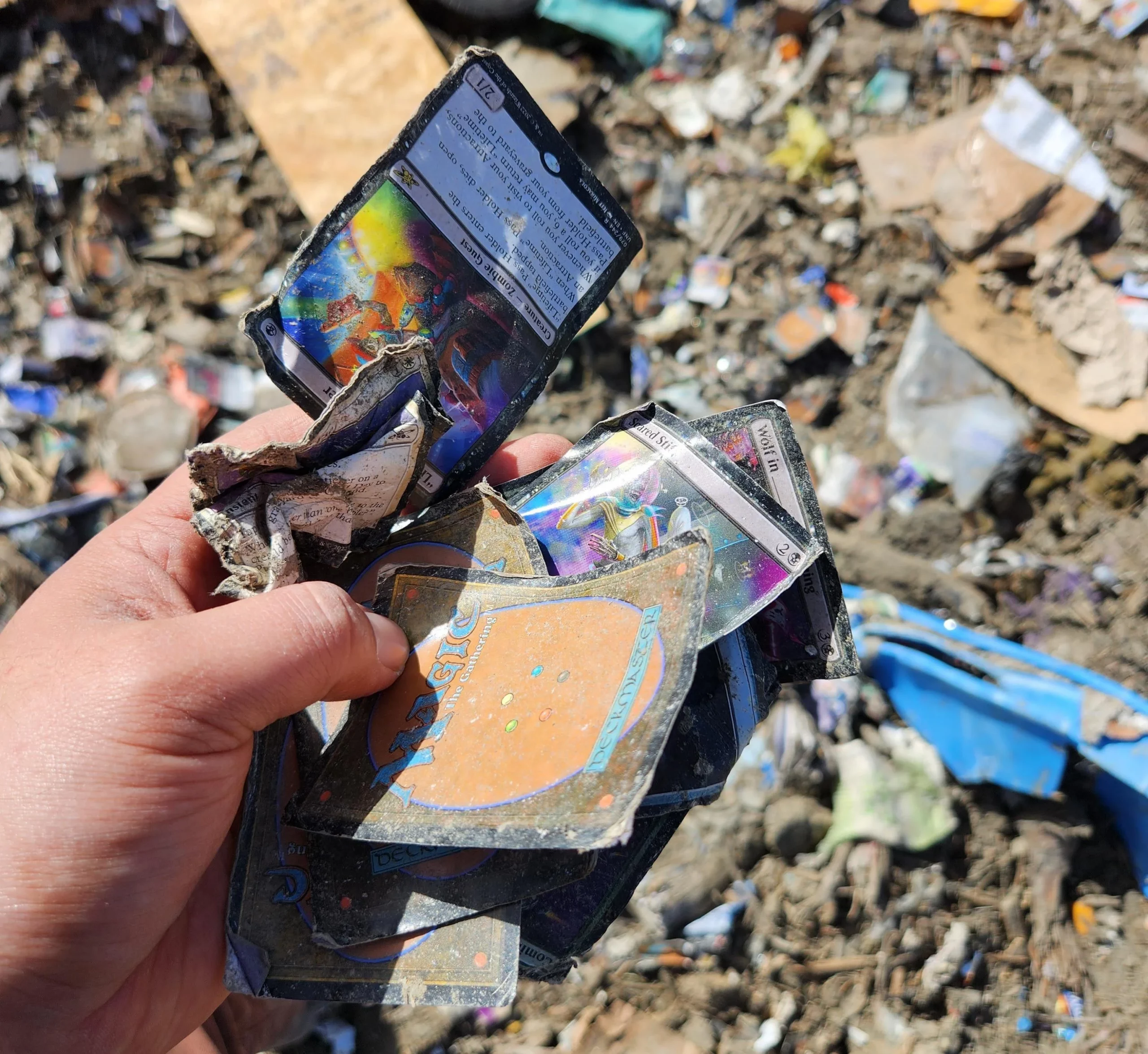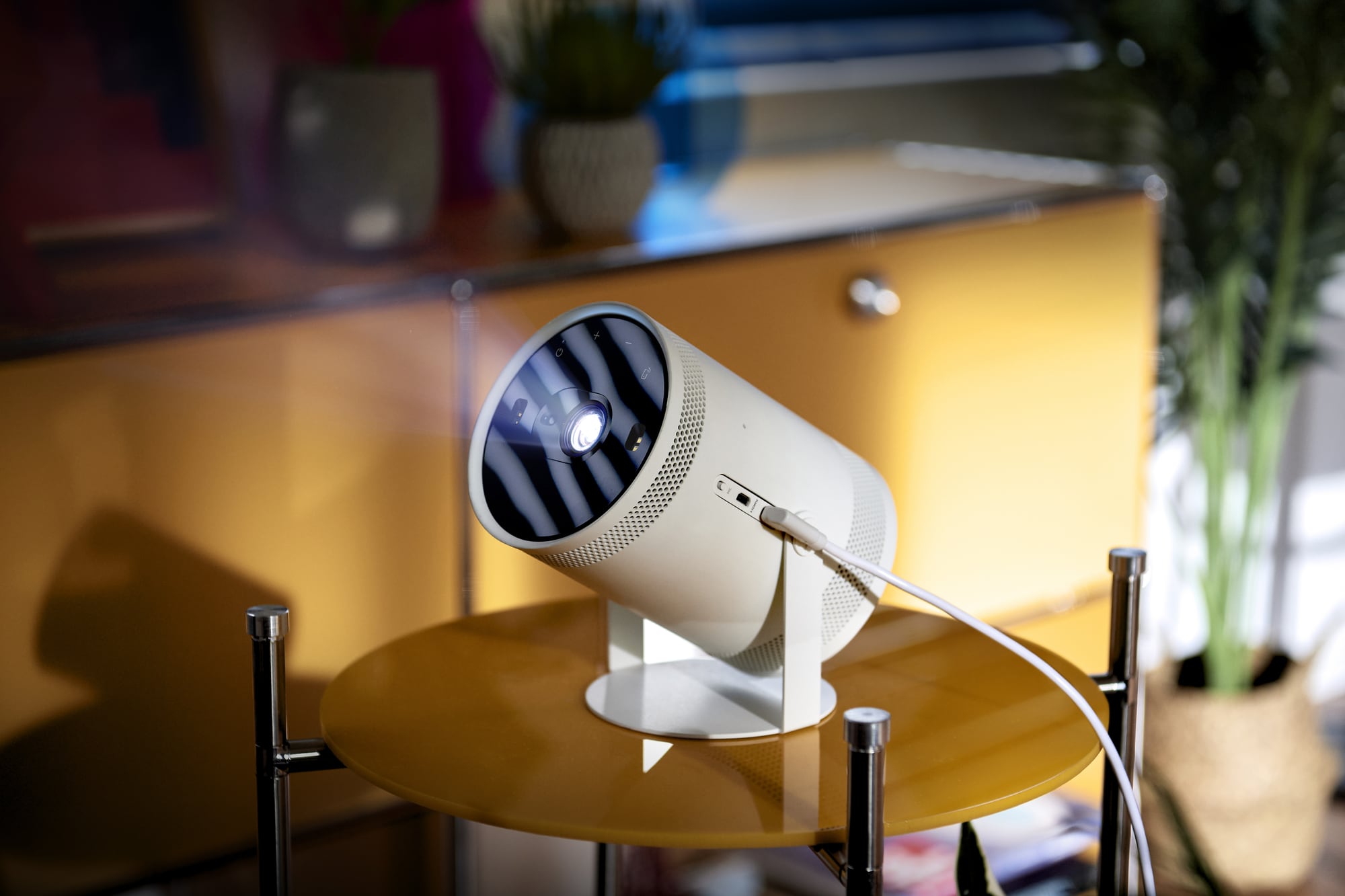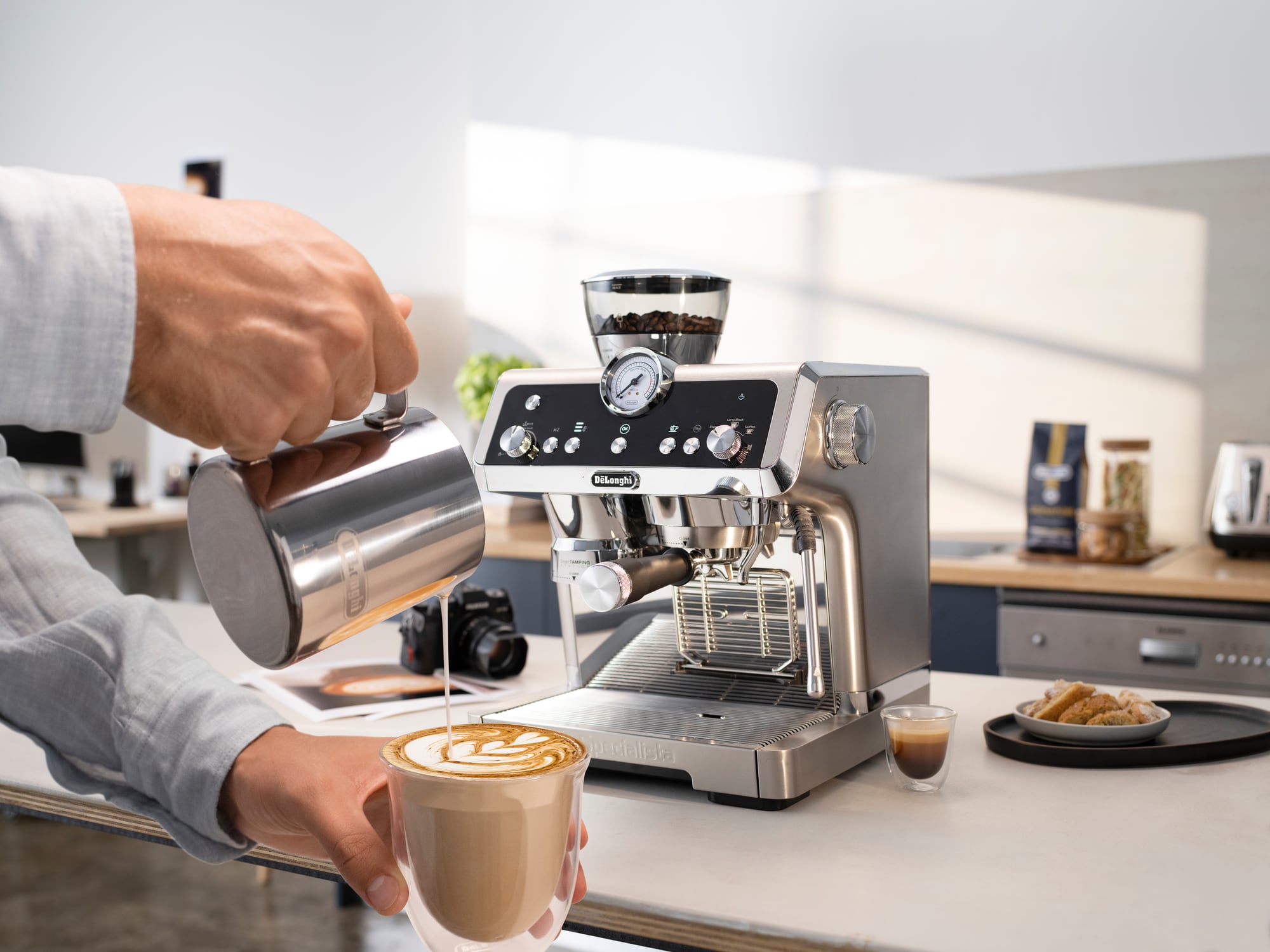
Millions of people globally are at risk of losing their ability to speak due to a myriad of conditions such as muscular dystrophy, or amyotrophic lateral sclerosis (ALS), also widely known as motor neurone disease (MND).

Ahead of International Day of Persons with Disabilities on 3 Dec, Apple worked together with Dr. Tristam Ingham, a disability advocate from Wellington, New Zealand, to launch a short film showcasing an incredible accessibility feature in Apple devices called Personal Voice.
Narration of ‘The Lost Voice’
In ‘The Lost Voice’, Dr. Tristam Ingham, a physician, associate professor of epidemiology and a disability advocate who has facioscapulohumeral muscular dystrophy (FSHD) – which causes progressive muscle degeneration and can lead to an inability to speak – used his own Personal Voice created on iPhone to narrate a children’s story.
The process involved recording 150 prompt phrases and processing the Personal Voice, resulting in a voiceover which showcases a realistic used case of the software.
The Lost Voice’s Score
Created almost entirely out of human voice samples, the score, ‘Yodeler’. features an avant-garde track by husband-wife duo X Carbon.

The Lost Voice’s Storyline
The short film takes you on a journey of a young girl and her pink floppy-eared furry friend, as they travel in search for his missing voice – before revealing a touching personal moment between a father and a daughter. The book which makes an appearance at the end of the film was made into a real storybook and ebook – and is now free to download on Apple Books.
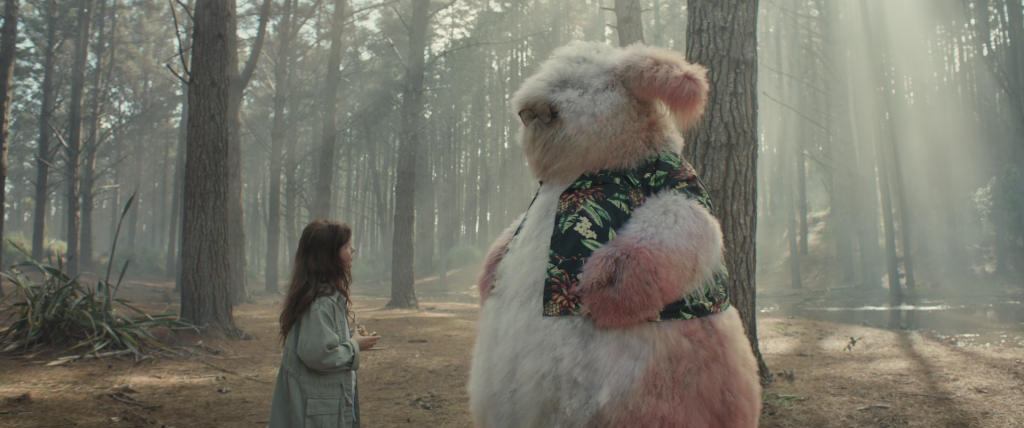
The Incredible Shoot
Apple enlisted the help of Oscar-winning director Taika Waititi (Jojo Rabbit, Thor: Love and Thunder, What We Do In The Shadows) to shoot ‘The Lost Voice’ in Taika’s native New Zealand, featuring the lust natural landscapes of the country. The hero creature was inspired by Dr. Ingham himself, and the film was further brought to life by characters and puppets including the frog, owl, mound and turnip.
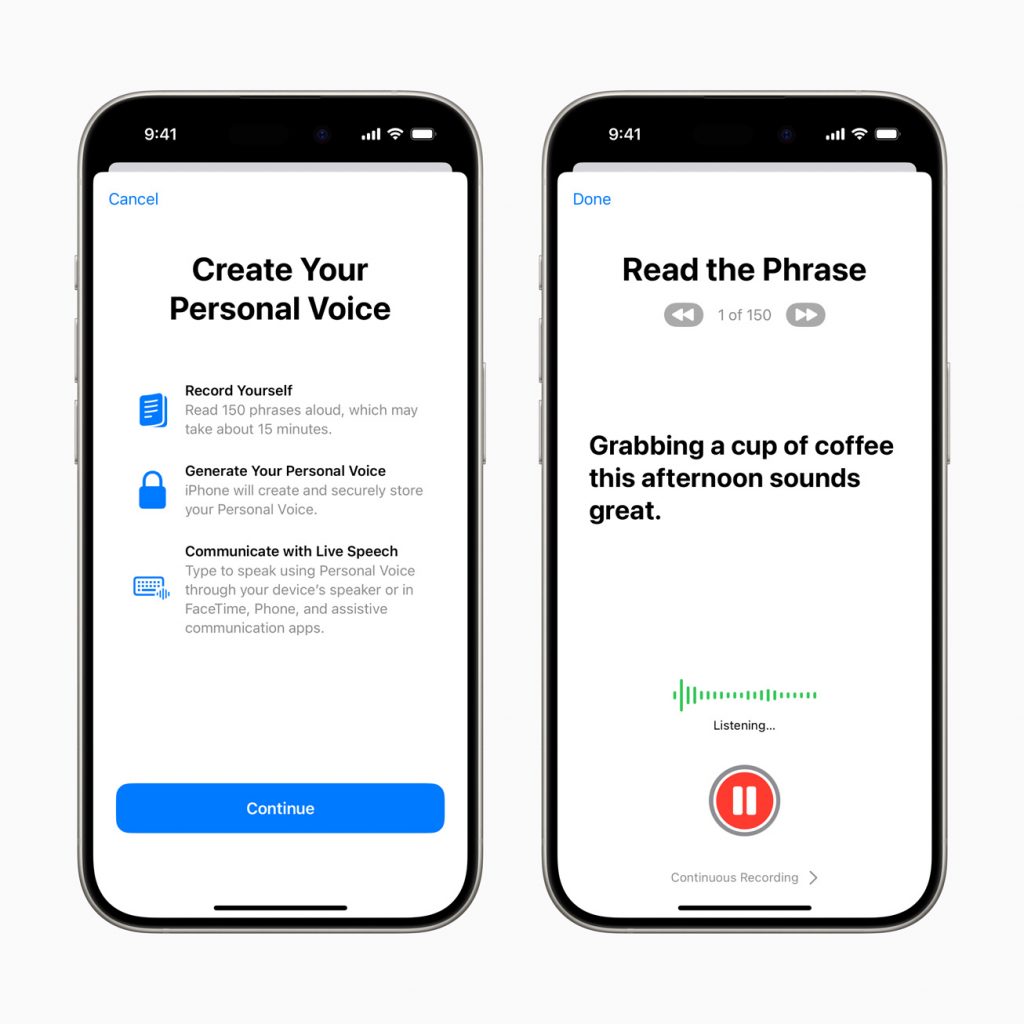
Personal Voice
Introduced in iOS17, Personal Voice taps on secure on-device machine learning to recreate one’s own voice – if one ever subsequently loses the ability to speak, one can continue to communicate through their iPhone, iPad, or Mac (using Live Speech) – and still, sound like themselves.
Live Speech
Another speech accessibility feature that was just released a few months ago by Apple, Live Speech allows users to type what they want to say and have the phrase verbalised, whether in their Personal Voice or in any built-in system voice. Live Speech can be combined with features like Switch Control and AssistiveTouch, which offer alternatives for users to interact with their device using physical touch.



